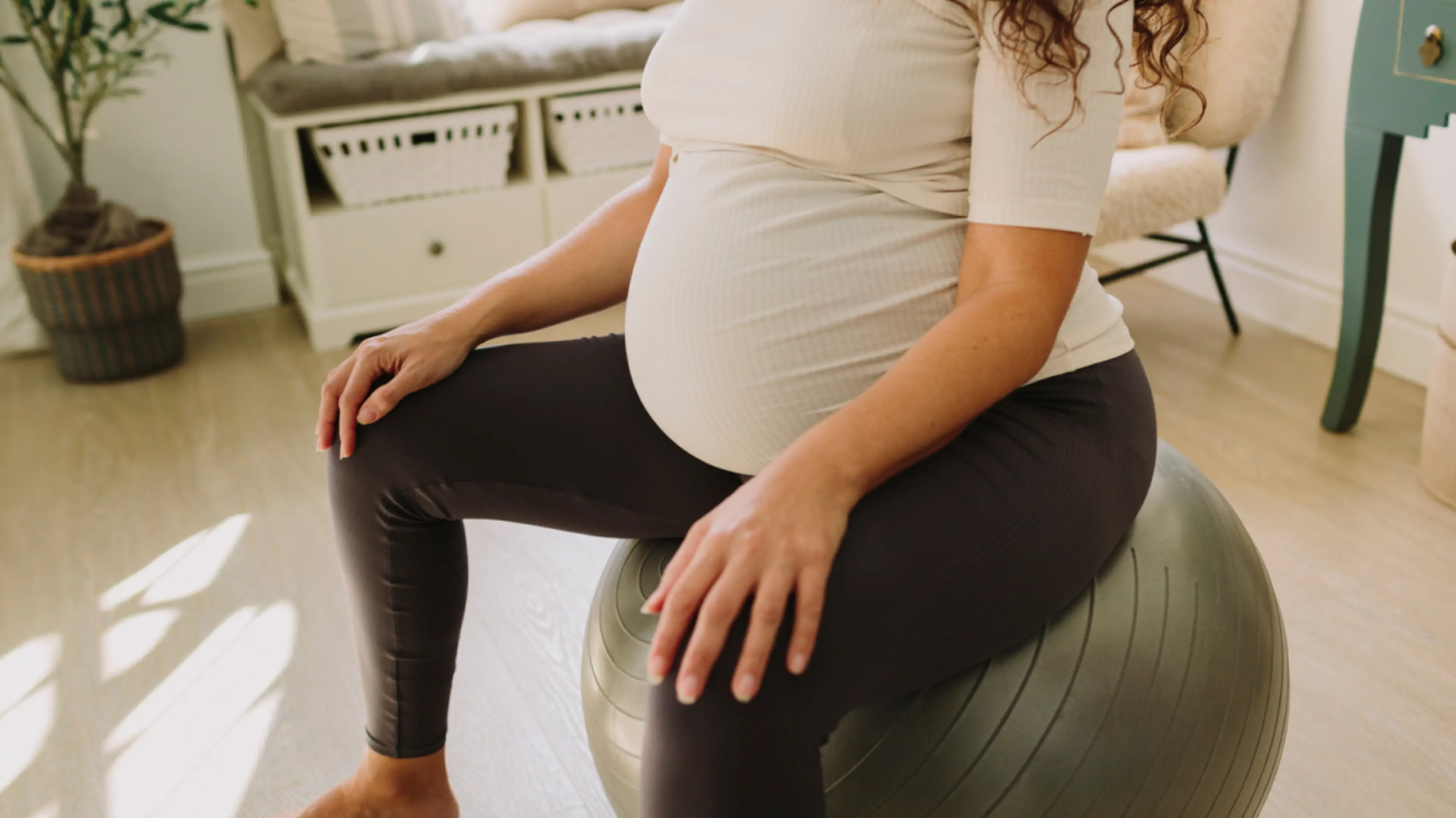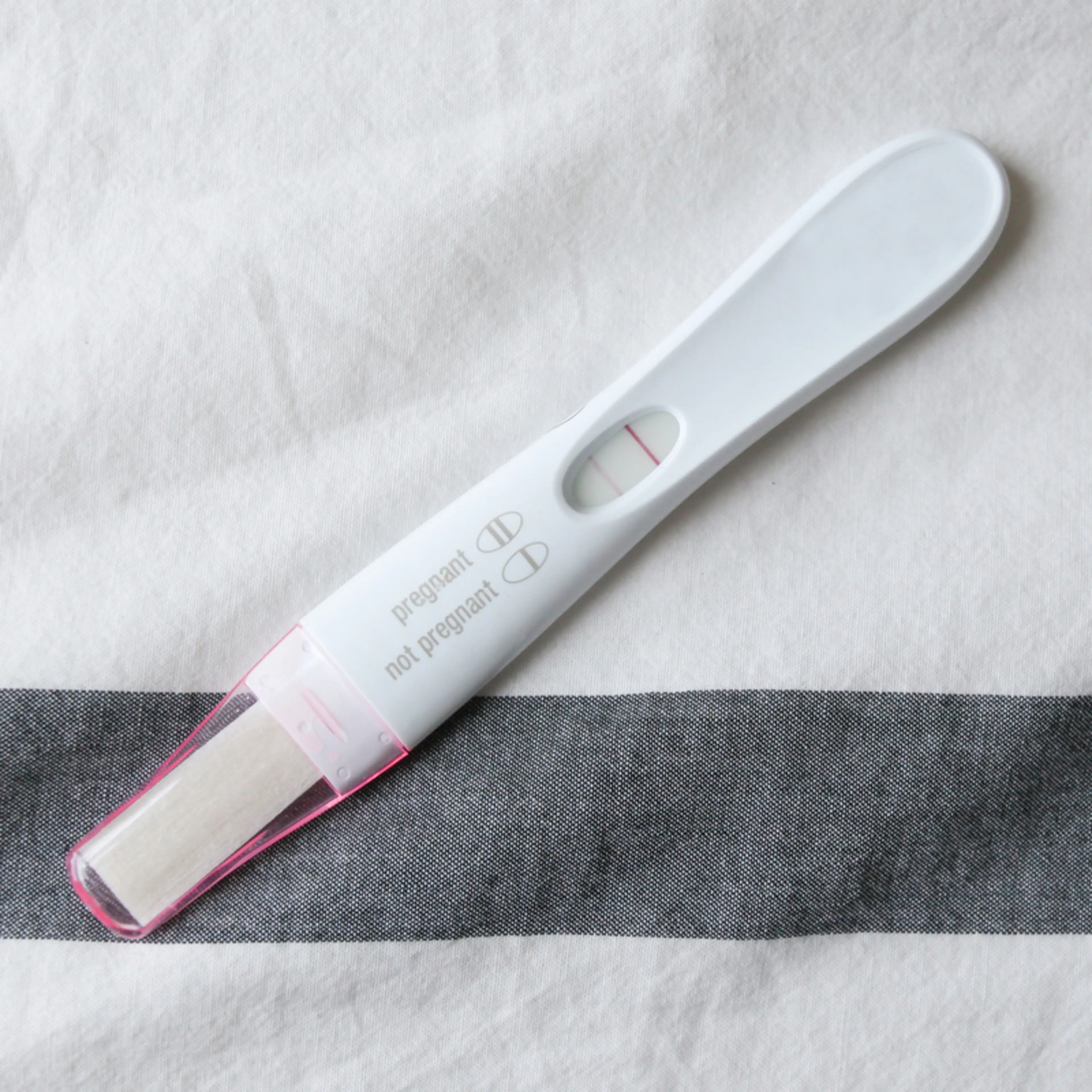TLDR: Many pregnant women have questions about the 20-week anatomy scan, like what the doctor is looking for, if it’s safe, and how often they get the baby’s sex wrong. A top doctor answers all your questions about this big pregnancy milestone.
I fell in love with my daughter during her 20-week ultrasound.
It was the first time I saw her and when she began to twist and turn, I knew my life would never be the same.
But as the ultrasound technician continued her scan, I started wondering about what they were looking for, or when I would find out the results. These thoughts led me to spend the remainder of the scan worrying about what they might find.
Thankfully, the scan showed that my daughter was healthy, but I couldn’t shake the idea that I wasted the majority of the time I had to see my baby that day anxious about everything I didn’t know about the test.
That’s why I talked with Dr. Keith Eddleman1 , head of obstetrics at Mount Sinai Hospital in New York City, to learn everything there is to know about your 20-week scan so you can feel confident, informed, and empowered during your experience.
What is the 20-Week Anatomy Scan?
Dr. Keith Eddleman: In short, it’s a scan where we can get the most information about your baby’s anatomy. It’s done right in the middle of the pregnancy because at that point most babies are large enough that you can see all of the structures that you need to see.
What Should You Expect at the 20-Week Anatomy Scan?
KE: When you arrive in the waiting room you’ll get some written information about the scan and what we’ll be looking for. In the ultrasound room, you’ll be lying on a bed and you’ll have a screen above you where you’ll be able to watch your baby as they look at the anatomy.
What Does the 20-Week Anatomy Scan Look For?
KE: The first thing we do is look for a heartbeat to make sure it’s a viable pregnancy. Then we look at how much amniotic fluid is around the baby because if there is a good amount of fluid it’s an indirect sign of fetal health.
Next, we look at how the baby is positioned in the uterus. Since the baby is in a bag of water, it can swim around, and where the baby is located is important. Then the second part of the scan is when we do different measurements—like the head circumference, the femur length, and the circumference of the abdomen, to name a few. Those parameters help us determine the size of the baby and the age of the baby.
After all that, we turn to the anatomy—starting from the head to the toes. We look at the brain, the face, the heart, lungs, diaphragm, stomach, intestines, kidneys, and the bladder. Then we scan the extremities—hands, feet, fingers, toes. Lastly, we look at the spine to make sure it’s closed on every level. This part takes a while because we’re looking so thoroughly through the whole body.
The third part of the scan is when we look at where the placenta is located to make sure it’s not in an area where it could jeopardize a safe delivery. Then we look at where the umbilical cord goes into the placenta and the baby to make sure they are inserted properly. Then we look at the maternal structures, like the wall of the uterus to make sure there aren’t any extra fibroids, the ovaries to make sure there aren’t any cysts or masses, and the cervix (the opening to the uterus) to make sure it’s closed and has significant length to hold the remainder of the pregnancy.
What are Possible Complications the 20-Week Ultrasound May Find?
KE: First would be that there is no heartbeat, which is more common early in the pregnancy and begins to decrease further towards the end of the first trimester.
Number two would be finding a complication that’s not compatible with life. Three to six percent of all births have a noticeable heart issue, however, most are not life-threatening.
The third would be a rarity where the outcome isn’t clear—where it could be something that could lead to living a normal life or it could be a much bigger issue, [like] finding an irregularity that has a range of outcomes, from mild disability to severe mental disability.
When Do You Find out the Results of the 20-Week Anatomy Scan?
KE: You find out the results immediately.
Are There Negative Side Effects of the 20-Week Anatomy Scan?
KE: There are several different levels of ultrasounds. Ultrasound means outside of the range of human hearing. There are different wavelengths of ultrasounds. Some wavelengths are intended to break up tissue, but the wavelengths that we use for diagnostic imaging are not at all in the ranges that could cause significant tissue damage.
Our machines have restraints on them so that they can’t go to that level of frequency that could cause damage. We constantly have our machines calibrated to make sure it can’t go into that range.
Ultrasounds have been used diagnostically for over 50 years now, and there have been numerous studies done and none have shown that there is any effect to diagnostic ultrasound.
How Common Is It to Identify the Baby’s Sex Wrong?
KE: If the baby is positioned in a way where it’s difficult for us to see, then the gender might be more difficult to determine. In that case, we’ll tell the woman our estimated [guess], that we aren’t 100% sure, but we think it’s this or that.
Tips for Calming Your Mind During the 20-Week Scan
Meditate: A body scan meditation before your appointment (in the parking lot or waiting room) can help you relax both your body and mind so you can feel more at ease before your appointment.
Come back to your breath: If you find your mind beginning to focus on worrisome thoughts during your scan, try bringing your attention back to your breath. With every inhale, say internally to yourself, “I am present for this inhale.” And with every exhale, “I am present for this exhale.” By doing this, you help your mind to stay in the moment rather than getting lost in what could or could not be in the future. Be gentle with yourself and if you find your mind starts to wonder again, simply come back to repeating being present with each breath.
Start a conversation: If you find yourself beginning to worry about how this scan could affect your baby, begin speaking with the technician about your concerns and explain that you are asking because you are feeling uneasy about it. Often, when we open up a dialogue and express our fears out loud we can find comfort and support from the people around us.












